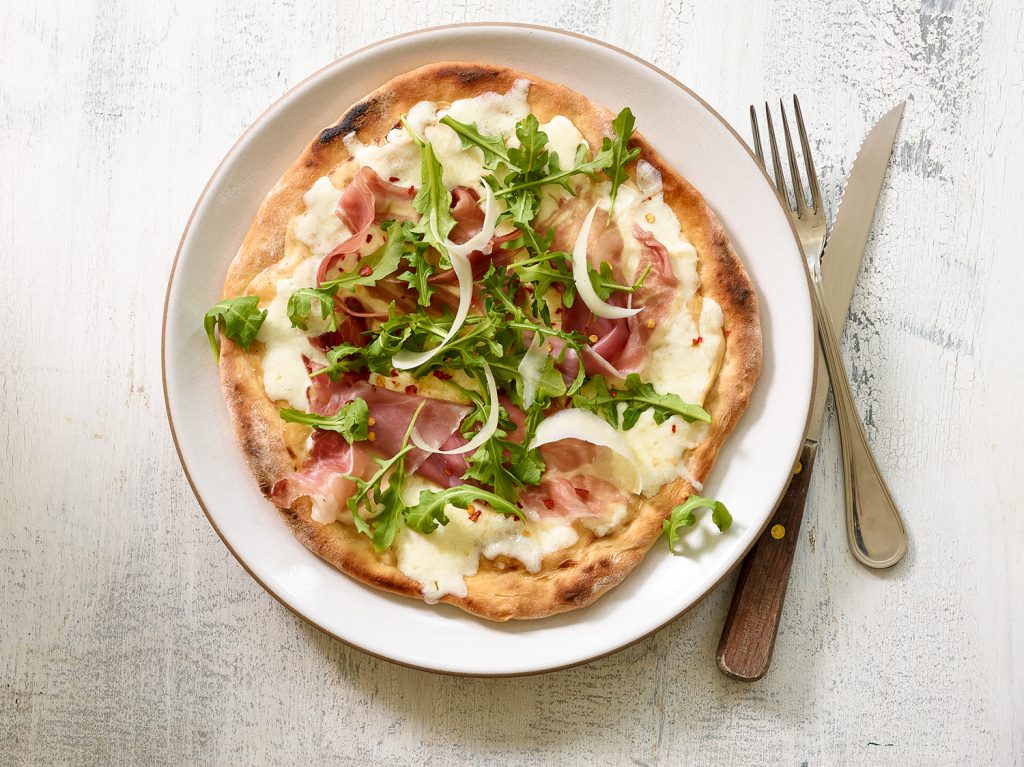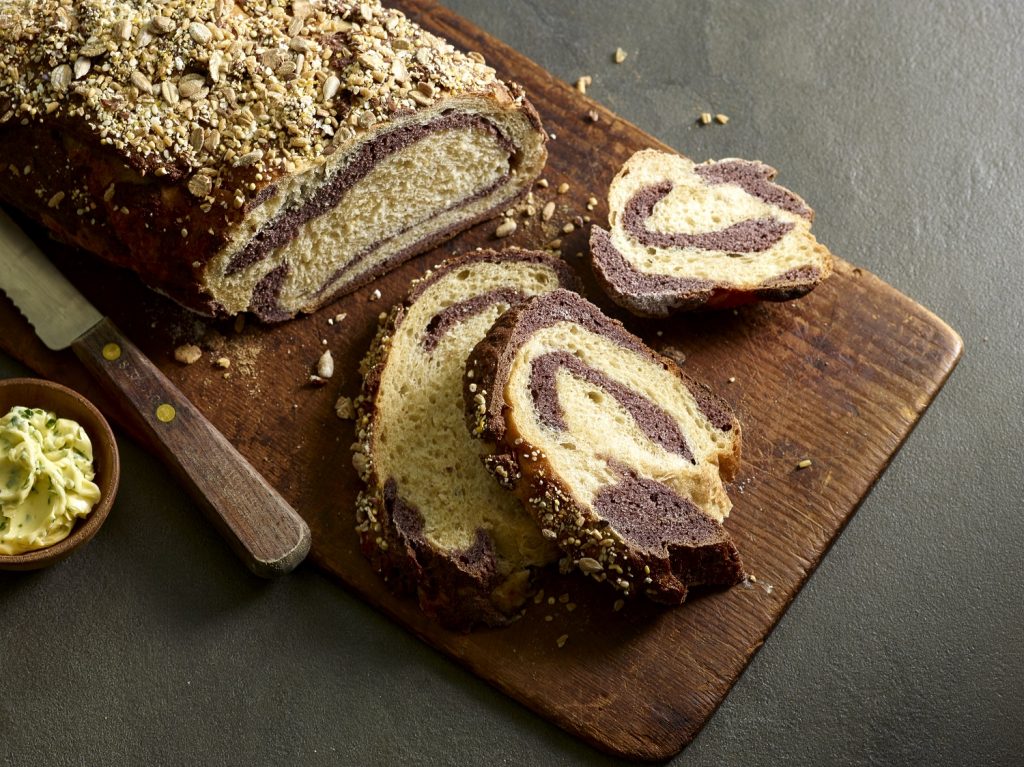Add Value to Your Restaurant with “Made-Fresh” In-House Baking
With key conveniences like ready-to-use mixes and grain blends, scratch bread is within reach for more operators
We live in the golden age of restaurant culture, and consumers have access to more memorable dining experiences than ever–from take-out options, meal kits and food trucks to delivery services like Uber Eats to fine dining and food courts. Such variety also means restaurant operators are under more pressure than ever to differentiate themselves by delivering an exceptional experience. A great in-house bread-baking program is one way restaurants can stand apart from the competition. The intoxicating smell of fresh bread being baked can bring more people in the door, and a unique bread basket or house-made signature sandwich bread can keep them coming back for more.
If an in-house bread-baking program sounds out of reach for your restaurant and you don’t have trained bakers on staff, there are options.
Here are four ideas to consider:
1) Get in the Mix
Bakery mixes and blends are designed to deliver consistent, reliable results, regardless of changes in staff, training, skill level and other workforce challenges. Consider how a bacon biscuit could enhance your breakfast menu or how a house-baked, mixed-grain bread could boost a sandwich board. There are great mix options for most bakery needs. Back-of-house mixes and bases deliver consistency and versatility, protect proprietary or signature formulas, simplify labour, and may result in less waste due to things like scaling and baking errors. Front-of-house, your diners also benefit from having a more consistent experience, which has the potential to lead to repeat visits, higher satisfaction and long-term customer loyalty.

2) Speak Italian
Using authentic pizza flours and mixes can create quick, distinctive flatbreads that perform well in a range of restaurant formats. A crisp, delicate focaccia can upgrade a fine-dining bread basket, while a thicker, chewier flatbread makes a stand-out sandwich option. Ardent Mills pizza crust mixes are available in Traditional, Simply Milled by Ardent Mills™ Organic, Wheat Wise™ Whole Grain and Primo Mulino™ Neapolitan-Style, which is ideal for making authentic thin crusts or flatbreads and perfect for quick, high-heat baking. Primo Mulino Neapolitan-Style Pizza Mix is made with a blend of select Canadian-prairie wheat varieties and other functional ingredients, so all your kitchen staff needs to add are water and yeast. This mix delivers a supple dough that bakes into a crust or flatbread with a crisp exterior and delicate bite.
3) Get Granular
Scratch baking goes hand-in-hand with using distinct, high-quality ingredients, and ancient grains are an important part of today’s baking trends. Over the last few years, demand for ingredients like quinoa, spelt and amaranth has been on the rise. These grains can be added as ingredients or as a topping. For an easy way to elevate bread, bakers are wrapping wet dough in flaked barley grains, seeds and whole grains to add visual appeal, complex flavour and unique texture to the exterior of loaves.
At Ardent Mills, we remind our customers that using a variety of grains is a great way to create signature house-made loaves that diners can’t find anywhere else. We offer a broad variety of grain and seed blends that operators can use to find that ‘sweet spot’ in terms of flavour, function and visual interest.

Over the last few years, demand for ingredients like quinoa, spelt and amaranth has been on the rise.
4) Be Specialized
Baking mixes that address cleaner-label consumer demands and cater to dietary needs like gluten-free, Keto, Halal and Kosher, are increasing. Using mixes to address special dietary considerations makes it easier for operators and end-users to meet a variety of these consumer needs quickly and with consistent results.
For instance, demand for organic continues to heat up. According to the Canada Organic Trade Association (OTA), the current organic market is estimated at $5.4 billion, up $1.9 billion from 2012. The Canada OTA reports 66 percent of grocery shoppers are now purchasing organic items weekly–and 83 percent of those weekly organic shoppers are millennials[1], a large and influential purchasing demographic. At Ardent Mills, we encourage bakers and restaurant operators to see organic as a great opportunity, even if they don’t go 100-percent certified organic. With organic flour and bakery mixes, restaurant operators can offer bread, flat breads or pizza made with organic flour. Even if all the ingredients are not 100% organic, diners will appreciate having organic options available.
While bringing baking in-house may seem daunting, with
the right vendor partner, mixes offer convenient ways for more restaurants to
experiment in this lucrative segment. Savoury bakery, bread and pizza crust mixes
offer built-in operational assurances while you create concepts for your menu –
and, once you’ve developed your perfect signature baked item, it’s sure to
perform to your expectations time and time again.
[1] The Canadian Organic Market: Trends and Opportunities 2017









